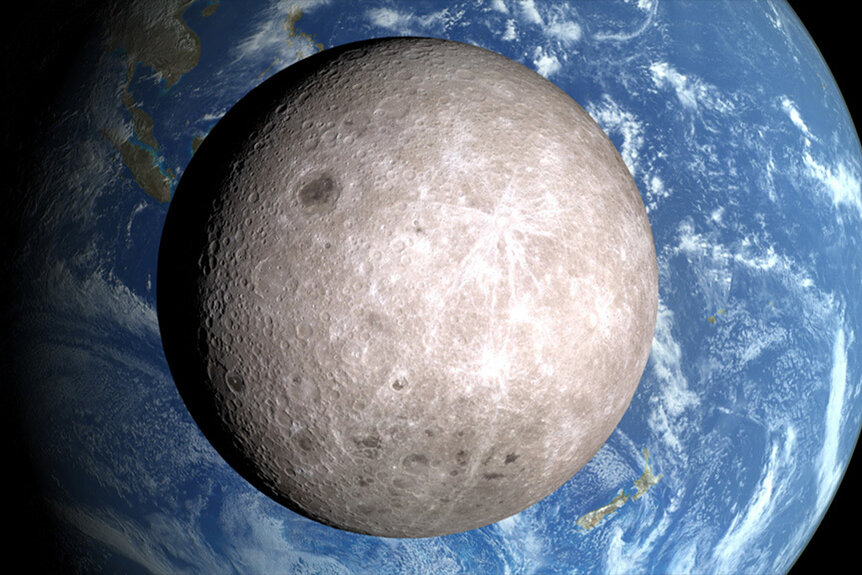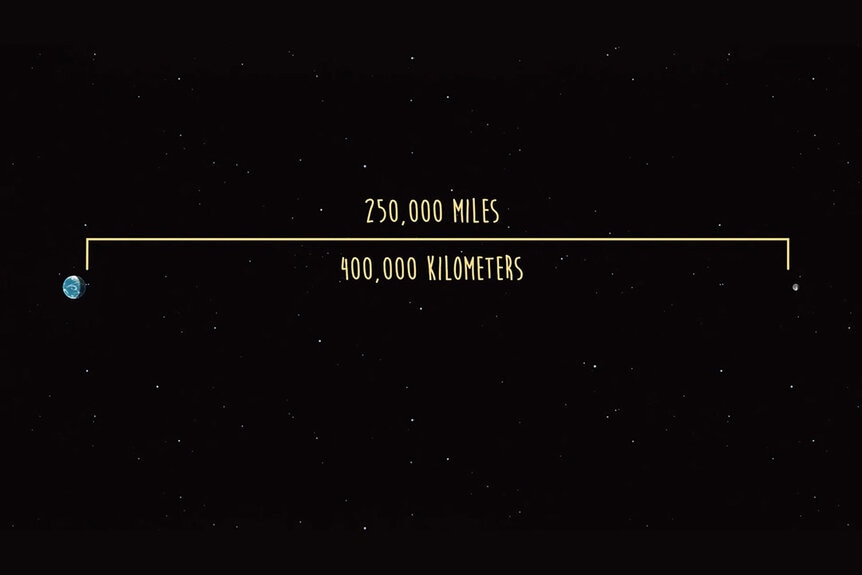Create a free profile to get unlimited access to exclusive videos, sweepstakes, and more!
When a Day on Earth was Only 19 Hours
And how it pressed pause on complex life.

How many of us spent countless youthful nights wishing for a meet cute? You venture out into the world and the forces of the universe conspire in just the right ways. You miss a bus or stumble into a tucked away shop to get out of the rain, and you run into someone who changes your life forever. When it happens, it can feel almost magical, like the events of the day have been choreographed by some intelligent force.
That’s the premise of the 2022 romantic comedy Meet Cute (streaming now on Peacock). Sheila, played by Kaley Cuoco (Harley Quinn, Based on a True Story), meets Gary, played by Pete Davidson (Saturday Night Live, Bupkis), and they hit it off. The pair go on a date and it’s perfect… too perfect. That’s because Sheila has been using a time machine to relive the date every day for the last week (and will continue to do so for a while) in an effort to refine an increasingly “perfect” relationship. The trouble is, balancing powerful forces isn’t easy, and things are bound to spiral out of control eventually. Sheila may have had a better shot at keeping ahold of things if she’d tried this gambit in Earth’s ancient past, when the days were considerably shorter.
How the Moon Controls the Length of the Day
In a kind of ordinary time travel, the Moon is able to stretch the days ever longer or, according to new research published in the journal Nature Geoscience, hold them almost in a standstill. The study focuses on a period of Earth’s history commonly known as the “boring billion.” It is so named because during this period, geological activity slowed down and life on Earth seems locked in a simple, single-celled form. The study demonstrates that this period coincided with an unusual period in the evolution of Earth’s day.
RELATED: Think Time Is Too Short Now? 70 Million Years Ago A Day Was Only 23.5 Hours Long
We’ve known that the day used to be much shorter than it is now for quite some time. When the Earth first formed, roughly 4.5 billion years ago, the day (including the night) was only six hours long. Today, it’s four minutes shy of 24 hours. Historically, there has been some debate about how that transition occurred. Some scientists support a constant rate of change over time, while others favor a more staggered transition with periods of change punctuated by at least one period of stagnation. But figuring out if and how that happened is no easy feat.
Researchers relied on clues from astronomically driven climate cycles. In essence, there are some climate signals which are driven by things like the planet’s axial tilt and wobble, both of which might exhibit a change in signal strength or duration based on the length of the day. Using climate data from Earth’s deep past, researchers found evidence that the length of the day stalled out at roughly 19 hours at the same time as the boring billion.
Looking back through time, researchers found a roughly constant increase in the length of the day, from 17 hours to 19 hours leading up to the boring billion. Then the lengthening petered out and even reversed course a little bit, before dragging out again. Eventually it reached the 24 hour day we’re used to today.
Why the Days Get Longer
The reason day length stalled isn’t totally clear, but scientists have some ideas. The stall came on the heels of the Great Oxidation Event, during which photosynthesizing microorganisms pumped the atmosphere with oxygen. Researchers suggest that a newly formed ozone layer may have sopped up a bunch of solar energy, ramping up the normally negligible solar tides. At the same time, the Moon’s influence on the Earth was lower, as a consequence of the shorter days. Those forces may have balanced nearly perfectly, keeping the planet at a static 19 hour day.
Researchers also suggested that the resonance and the resulting shorter days may have delayed the emergence of complex life on our planet. Once the stagnation was broken and the day lengthened, photosynthesizing critters had more time to pump out oxygen before night fell, eventually producing enough oxygen to support the emergence of multicellular life.
Slowly, over time, the Moon gobbled up rotational energy from the Earth, lengthening the day and pushing the Moon into an ever higher orbit. That relationship continues today. Every year the Moon moves about 3.75 centimeters (roughly 1.5 inches) away from us and the day gets 0.0015 seconds longer. That’s not enough to notice over the course of a human lifetime — the day only lengthens by about one one-thousandth of a second over the course of an average human lifespan — but it stacks up over time. At that rate, we’ll have 25 hour days about a quarter of a billion years from now. If you’ve ever wished you had more time in the day, just wait.
In the meantime, catch Meet Cute, streaming now on Peacock!




























